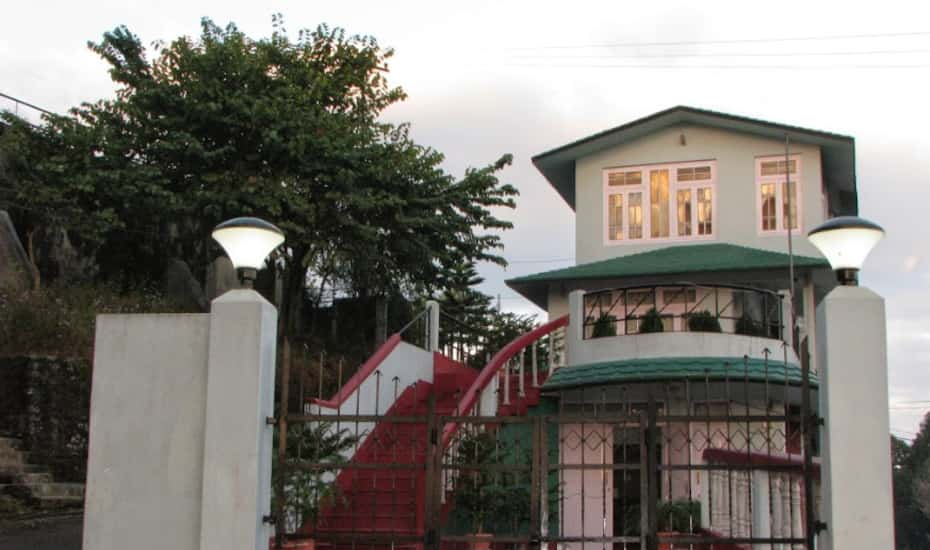Nagaland
WELCOME TO Nagaland
State Overview
Kohima
16,579 km2
1.9 million
English
Popular
Geography and Tourist Attractions
Information about the state's tourist attractions, including popular destinations, events, and activities.

Mokokchung

Hornbill Festival

Khonoma Village
Political
Economy and Government
Nagaland, a state in Northeast India, has an economy primarily based on agriculture, forestry, and cottage industries. The state's hilly terrain and favorable climatic conditions support the cultivation of crops such as rice, millets, pulses, and vegetables. Horticulture, including the production of fruits like oranges, pineapples, and bananas, is another significant sector. Nagaland is also known for its bamboo and cane handicrafts, which contribute to the local economy through exports and tourism.
The government of Nagaland operates under a parliamentary system, with a Chief Minister as the head of the government. The state has its Legislative Assembly and is represented in the Indian Parliament. The government focuses on promoting sustainable development, improving infrastructure, and providing social welfare programs. Efforts are made to enhance connectivity, develop tourism, and support the growth of small-scale industries.
Nagaland's government also plays a crucial role in preserving and promoting the rich cultural heritage of the Naga tribes. It supports cultural events, festivals, and traditional crafts, recognizing their significance in contributing to the economy and preserving the state's identity. The government's initiatives aim to ensure inclusive growth, uplift rural communities, and create employment opportunities for the people of Nagaland.

History
History and Culture
Nagaland, a state in Northeast India, has a fascinating history and a vibrant cultural heritage. The land of Nagas, Nagaland is home to various indigenous tribes, each with its distinct customs, traditions, and dialects. The Naga tribes have a rich oral tradition that preserves their history and legends.
Nagaland's history is marked by its fierce warrior tribes and their resistance against foreign invasions. The region was once divided into several independent kingdoms, and inter-tribal warfare was prevalent. However, with the arrival of the British, Nagaland became a part of British India in the late 19th century.
The cultural tapestry of Nagaland is woven with vibrant festivals, traditional music, and dance forms. Each tribe has its unique festivals, such as the Hornbill Festival, Moatsu, Sekrenyi, and Aoling, which showcase their rich cultural traditions. The traditional attire of the Naga tribes is colorful and intricately woven, reflecting their skilled craftsmanship.
Nagas have a strong sense of community and value their social customs. They have a distinct social structure, and their villages are organized into clans and morungs (youth dormitories). The Nagas have preserved their traditional arts and crafts, including bamboo and cane work, wood carvings, and intricate beadwork.
Nagaland's history and culture have shaped its identity, and the state takes pride in preserving its unique heritage. The vibrant traditions and rich cultural practices of the Naga tribes continue to thrive, enchanting visitors and offering a glimpse into the rich tapestry of Nagaland's history and culture.
HOTELS

Hotel Japfü

The Heritage

Whispering Wind
RESTAURANTS

Naga Kitchen

Bamboo Hut

